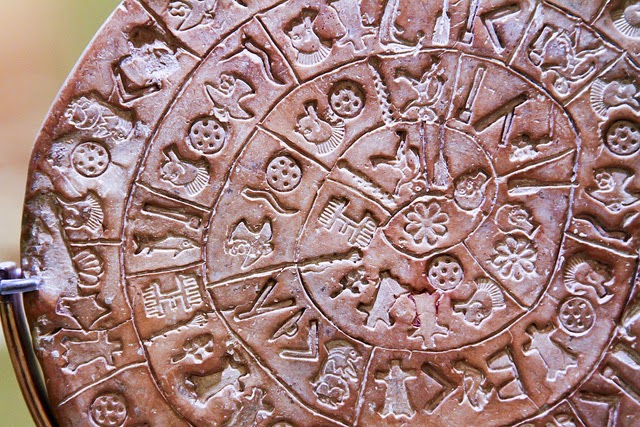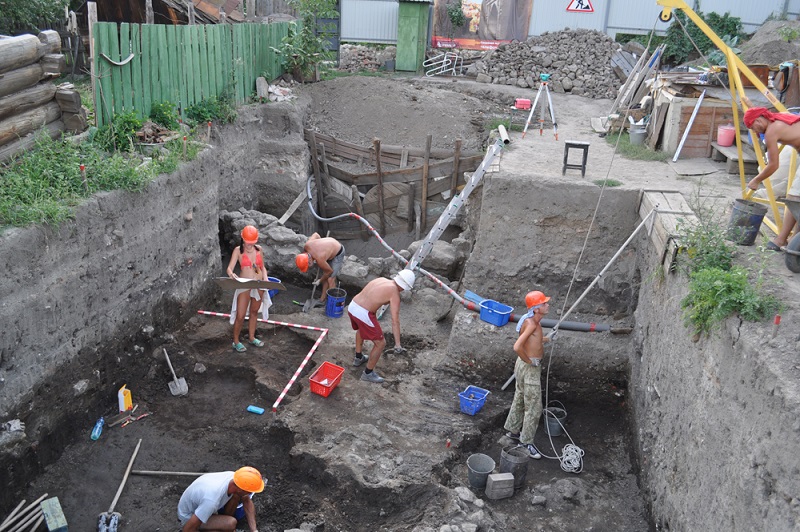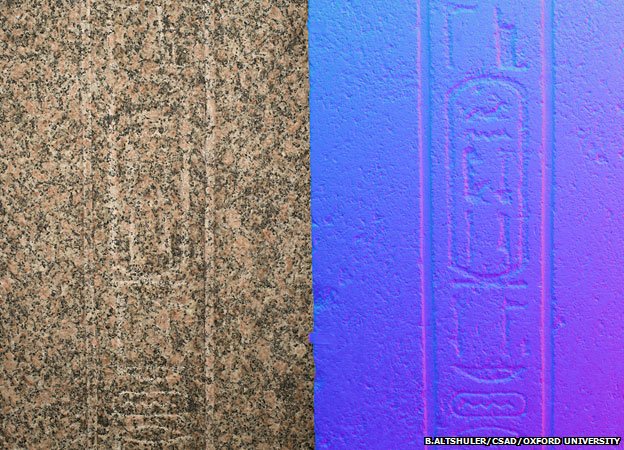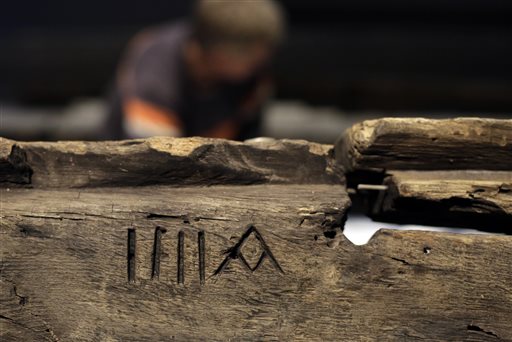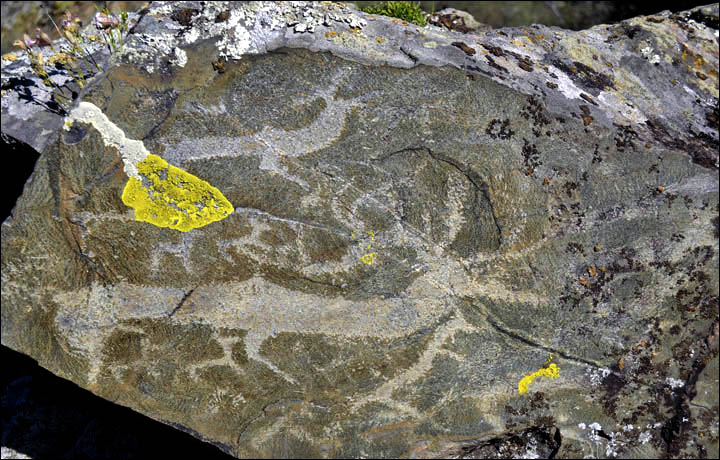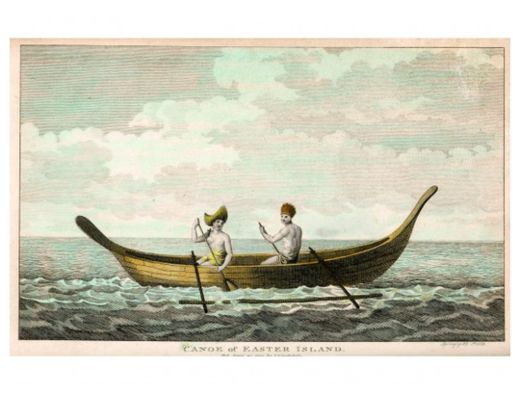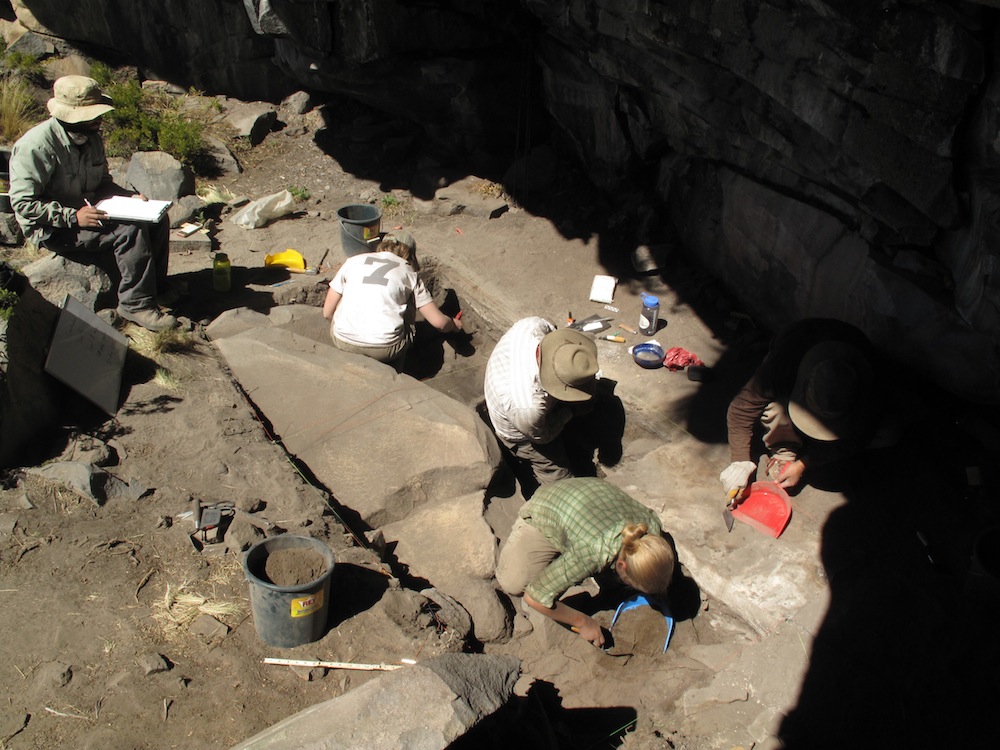
© Kurt RademakerArchaeologists excavate a rockshelter in the Peruvian Andes that was used more than 12,000 years ago by human settlers.
The oldest-known evidence of humans living at extremely high altitudes has been unearthed in the Peruvian Andes, archaeologists say.
The sites - a rock shelter with traces of Ice Age campfires and rock art, and an open-air workshop with stone tools and fragments - are located nearly 14,700 feet (4,500 meters) above sea level and were occupied roughly 12,000 years ago.
The discovery, which is detailed today (Oct. 23) in the journal
Science, suggests ancient people in South America were living at extremely high altitudes just 2,000 years after humans first reached the continent.
The findings also raise questions about how these early settlers
physically adapted to sky-high living.
"Either they genetically adapted really, really fast - within 2,000 years - to be able to settle this area, or genetic adaptation isn't necessary at all," said lead study author Kurt Rademaker, who was a University of Maine visiting assistant professor in anthropology when he conducted the study.
In follow-up work, the team plans to look for more evidence of occupation, such as human remains.
